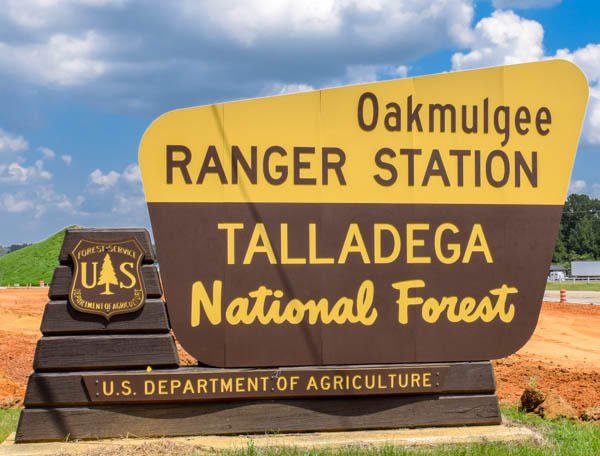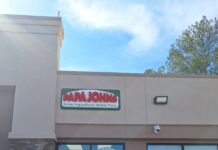The Oakmulgee Ranger District of the Talladega National Forest may be the most important natural resource in Bibb County, Alabama. Many of the citizens who have lived in Bibb for years and are so accustomed to the timber industry many are likely to take the National Forest for granted. The total Bibb County land mass encompasses 622 square miles according to Wikipedia. That calculates to about +/-368,000 acres by my ciphering. The Talladega National Forest Oakmulgee Ranger District covers more than 157,000 acres, although its footprint extends into adjoining counties. That is about 43% of Bibb County’s total land area. It is difficult to drive through Bibb County on your way to anywhere without passing through the National Forest.
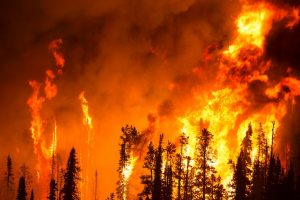
Last week The Bibb Voice posted an article about the California Wildfires and the resources of the Alabama Forestry Division here in Bibb County. We heard from the U.S. Forest Service and were able to sit down with local U.S. District Ranger Mark Pentecost and his District Fire Management Officer Jeremy Brand to discuss how fire and fire fighting resources are managed in the National Forest District.
Mark Pentecost is the District Ranger for the U.S. Forest Service stationed in Brent, Alabama. He has been with the U.S. Forest Service for six years. He served as District Ranger on the Superior National Forest in Minnesota, Forest Supervisor on the Manti-La Sal National Forest in Utah and here for the last 3 months. He had a 26 year career in the U.S. Army with the 1st and 5th Ranger Battalions. He is from Cherokee County, Alabama and received his Biology Degree from Jacksonville State. These are Mark’s comments about our original article below:

“I think your comment about “It’s hard for Southerners even to appreciate how dry the West is ………” is very accurate. I have been assigned to a Forest in Utah for the last four years and learned right away that there are many factors influencing fire behavior that we are not accustomed to. The current conditions that influence fire behavior in California are numerous and not just humidity. Aside from low relative humidity, high winds, very little rain, low fuel moisture there is also the physiographics. Some of these fires are in areas that start at low elevation and have an upward run for many thousand feet. Often, fires will spot from one mountain, across a canyon, to another mountain easily. These mixtures of variables make wildfire very hard to manage and exceptionally hazardous for fire managers. I say this to point out that it would probably make more sense to compare Alabama to some other country than to compare it to California
Worthy of considering is that many areas of the West where stock grazes federal land, the annual rainfall maximum is 15 inches as compared to our 55 inches locally. In many areas of the West, 80% of the annual rainfall may come in four or five rains, all of which drive the season and height of forage growth. The key factors governing range management are Timing, Intensity, and Duration.
Many Forest Service units such as the Oakmulgee Ranger District depend on an active market of timber buyers and loggers to sustain our Forest treatment regime and to support the local economy. Our nation’s demand for forest products drives how many and what kind of sawmills stay in business. A large part of our mission is to sustain and encourage this market locally and nationally. However, the Forest Service is sometimes challenged to move wood products when there is no market to consume those products. Our economy has peaks and valleys and sometimes our restoration work slows due to the lack of demand for our wood products
Many fires are managed or allowed to burn when there is a reasonably positive result predicted.
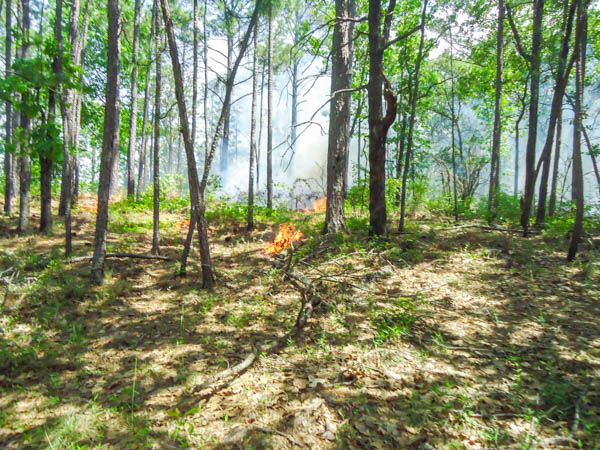
Prescribed fire occurs nationally according to a deliberately constructed burn plan. Locally the Oakmulgee Ranger District has burned 29,000 acres this FY and if conditions improve nationally, more will happen this year. Since the conditions for starting or managing a prescribed fire are driven by the dictates of nature, not every planned fire can happen due to various safe tolerances.”
According to statistics from the National Interagency Fire Center, 71,499 wildfires burned more than 10 million acres in 2017. The center also reported 202,434 prescribed fires were used to treat more than 6 million acres in 2017. Eight of the top 10 states practicing prescribed fires are found in the South.
Jeremy Brand is the Fire Management Officer for the Oakmulgee District.
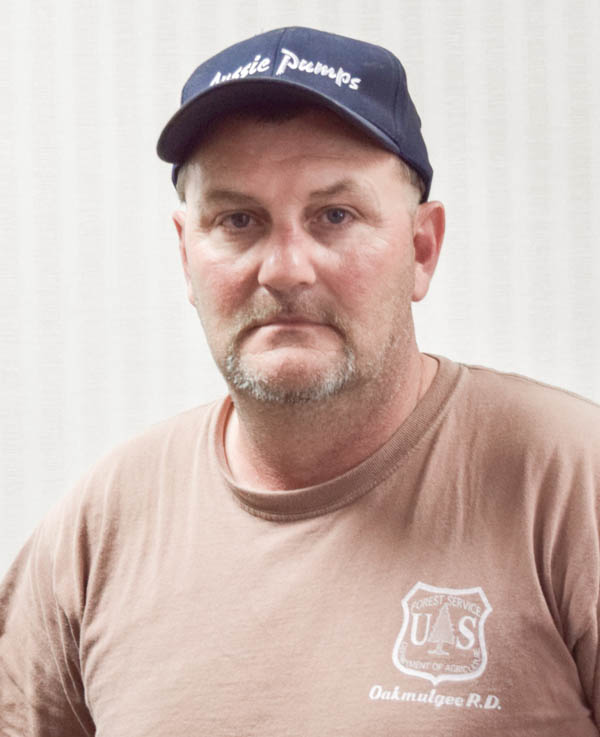
He is also a member of a Type I Incident Management Team that travels when needed for fire relief anywhere the U.S. Forest Service sends him. He has just returned from an assignment in Winthrop, Washington assisting with the serious wildfires on the West Coast and the Northwest Region of the United States. Jeremy presently manages the Oakmulgee District with a team of three people (including himself). He is in the process of hiring or adding 2 apprentices and a fuels technician to get his team up to full strength. Jeremy says that the Southeast is presently rated 1 on a scale of 1-5 in terms of fire priority or need, whereas the West Coast is a 5. Most available fire resources are being utilized in places other than the Southeast because of favorable conditions. Alabama, and Bibb County, have not been high fire risk areas since 2016. Jeremy attributes this to favorable weather conditions and planned management including annual burns conducted by the Oakmulgee District.
This year they have burned 29,000 planned acres and their goal has been 20-25,000 per year, going to 40,000 acres per year.
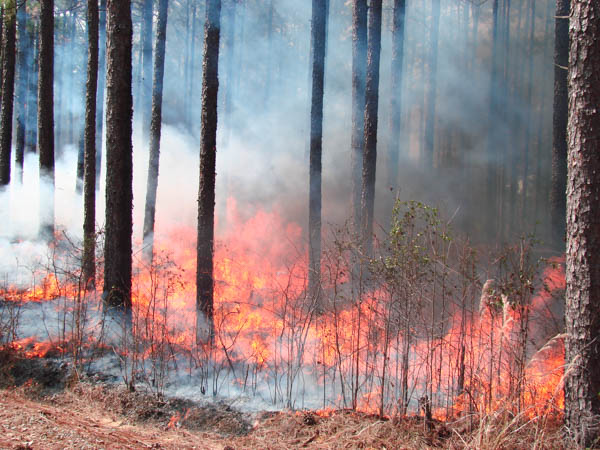
When controlled burns are planned they usually will burn up to 4,000 acres in one day, sometimes utilizing helicopters to ignite the burn and staffing control on the ground with all available manpower from the District Office.
There are goals for controlled burns other than wildfire prevention. A primary goal of controlled burning is to restore and protect habitat for wildlife.
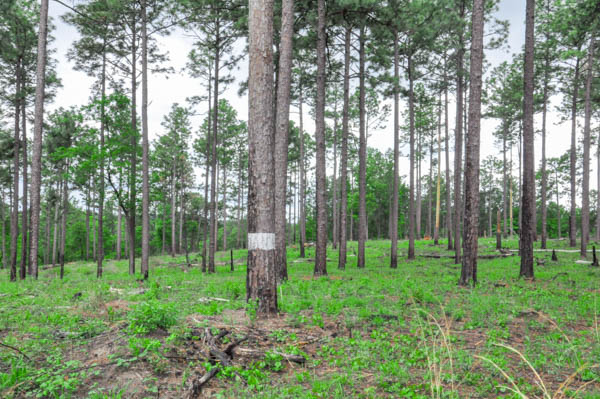
This includes the Red Cockaded Woodpecker, Turkey, Quail, and other nesting wildlife. Both Mark and Jeremy pointed out that the Red Cockaded Woodpecker, a protected species, was near extinction and our local forest is now the largest population of the species in the State. Controlled burns restore habitat for nesting birds and the population of turkeys and quail have shown an increase in the national forest.
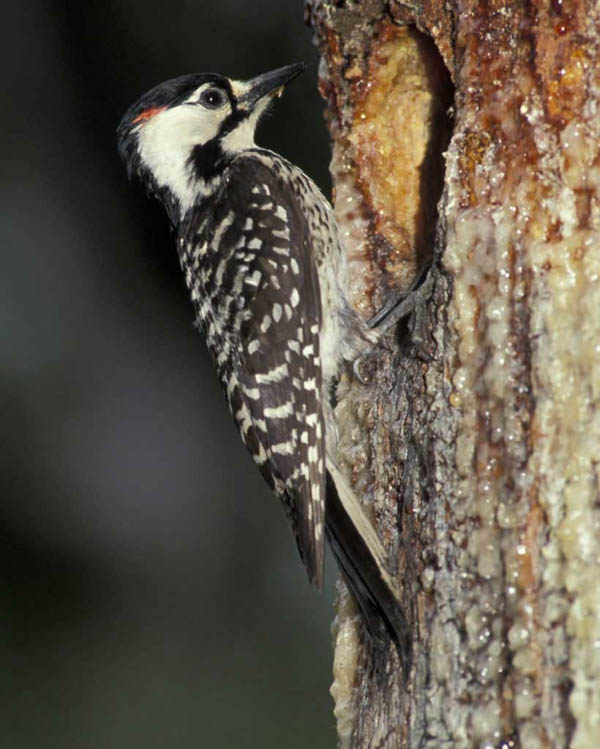
There is an emphasis on the restoration of the Longleaf Pine Ecosystem so when replanting is done it is with the Longleaf species. Longleaf tolerate both controlled and natural burns much better than other species of pine. Without controlled burns to remove undergrowth the Longleaf Ecosystem cannot be maintained.
The fire protection services that we have in Bibb County are excellent. These resources are seldom seen or heard from by the general population. These men go about their jobs and you probably don’t even know who they are because we have not experienced an out of control wildfire in this county.
Tourism, hunting, and forest recreation is an industry which the U.S. Forest Service supports and attracts to Bibb County. Hunting is big business in our county. Our county government receives a significant amount of revenue from the cutting of timber in the national forest each year.
Our countywide leadership must do a better job of leveraging the tourism resources we have here to attract and build more tourism revenue to drive growth in our region along with the developing commercial automotive related industries. We too must have recreational opportunities to attract families and young singles to spend their leisure time, and their recreational dollars, in our county.
You are invited to leave your thoughts in the comments section below.


